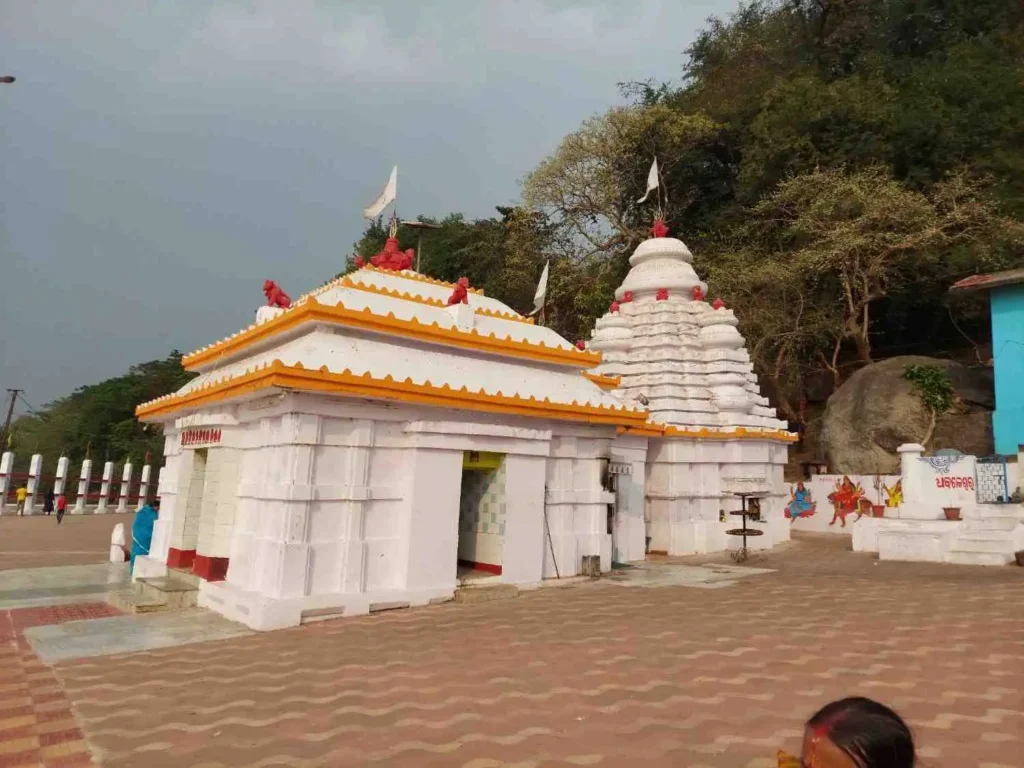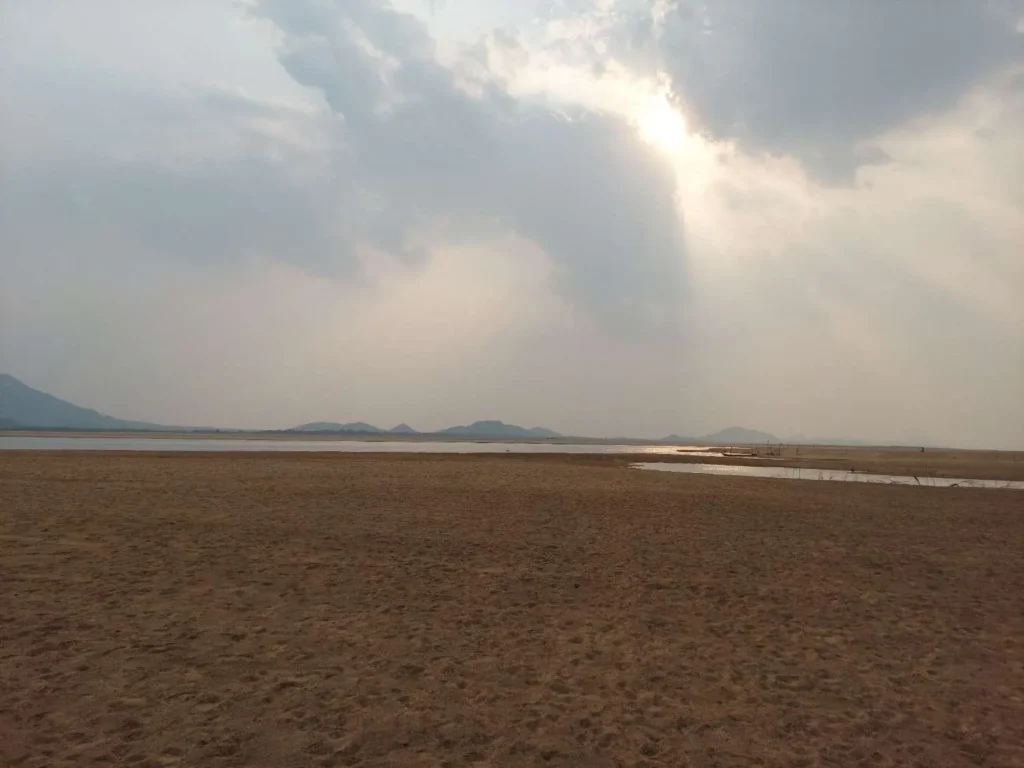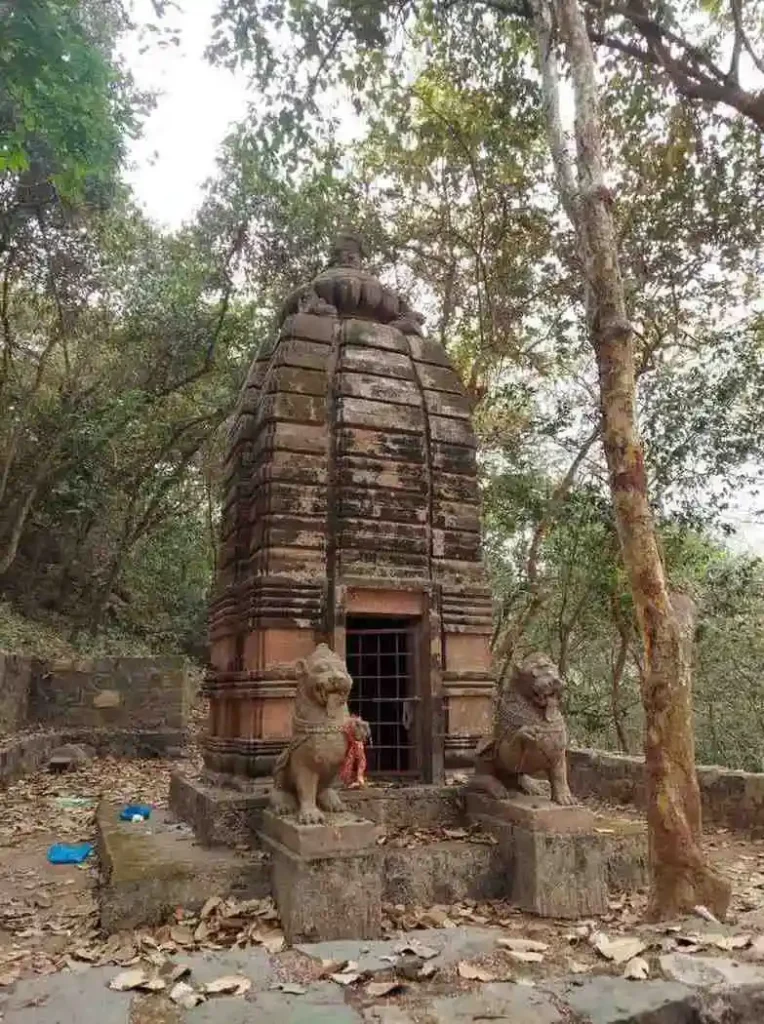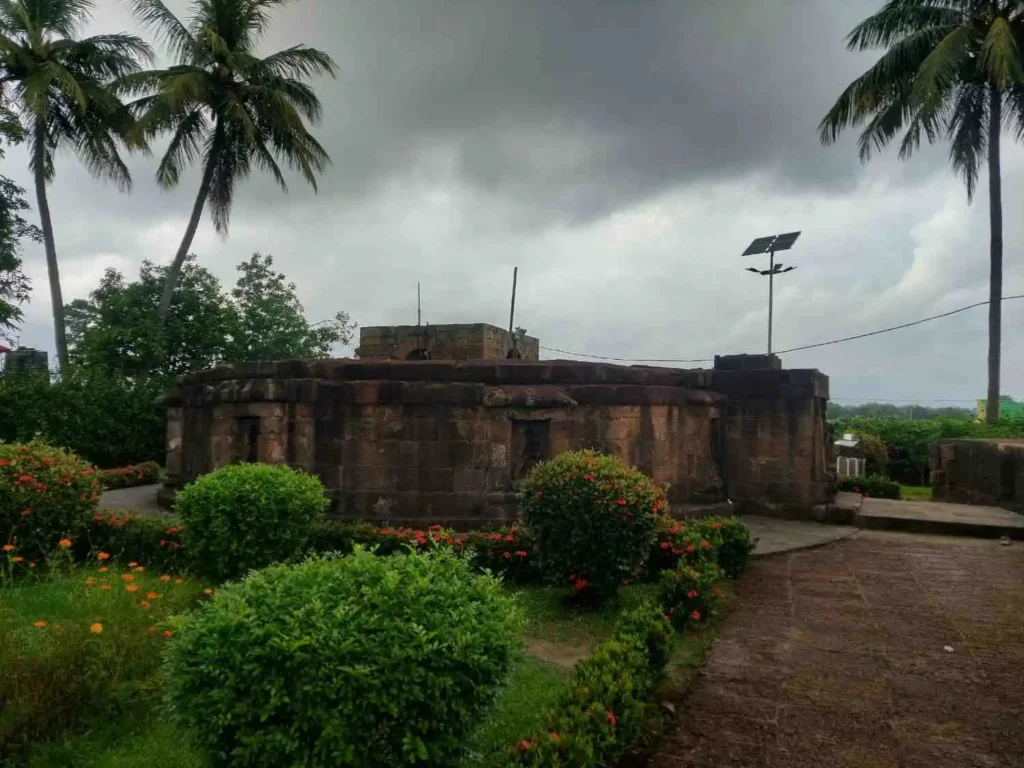
Table of Contents
Introduction: Why You Should Know About Bhattarika Temple
Nestled at the foot of the majestic Ratnagiri hills, beside the serene Mahanadi River, lies one of Odisha’s most powerful and ancient Shakti Pithas—Bhattarika Temple. This sacred shrine is not only a seat of divine feminine energy but also a deeply revered place rich with history, legend, and spiritual devotion.
Whether you’re a devotee of Maa Bhattarika, a cultural enthusiast, or a curious traveler looking for untold spiritual treasures of India, this blog will offer a detailed and humanized glimpse into the Shakti Peetha of Bhattarika.
Location & Setting: Where Nature Meets Divinity

Located in Badamba of Cuttack district, Odisha, the Bhattarika temple sits on the bank of the Mahanadi, Odisha’s longest river. With Ratnagiri Hill standing tall behind and the sacred river flowing nearby, the temple is blessed with an aura of tranquility and power.
Nearby attractions like Narayan, Nilamadhava, Vindhyavasini, and Simhanath also enhance the spiritual vibe of the region, making it a magnet for pilgrims and tourists alike.Mythological Significance: What Makes Bhattarika Sacred?
- Parshurama, the warrior sage, carved the image of the goddess with the tip of his arrow, according to legend. He worshipped her to gain the strength to defeat the Kshatriyas.
- Ram, Sita, and Lakshmana offered prayers to the goddess while traveling to Panchavati, according to tradition.
- A tale of heroism involves Arjuna saving Satyabhama from a demon named Gosimha, after which he, along with Krishna and Satyabhama, offered prayers at Bhattarika.
Royal History: Bhattarika and the Badamba Kings
The temple is also entwined with the origin of the Badamba kingdom. When the Gajapati King of Odisha sent two brothers, Hattakishor and Mallakishor, to found new settlements (Sankha & Mahuri), they faced resistance from the local tribal chief.
After a fierce battle, the tribal chief’s wife urged the kings to worship Goddess Bhattarika. The people named the kingdom Bruhadamba, and over time, they transformed the name into Badamba—all in honor of the goddess.Unique Features of the Temple: What Makes Bhattarika Temple Stand Out?
- Devotees enshrine the deity in Lalitasana, where she holds a lotus and displays Varadamudra (the blessing posture).
- Furthermore, sculptors placed an image of Surya (Sun God) in the Jagamohan to emphasize the temple’s connection to sun worship.
- Every day, priests offer cooked fish during rituals, symbolizing the goddess’s bond with navigation and the fishing community.
- Moreover, eight minor deities surround Bhattarika. Artists have depicted some of them in Padmasana and others in Lalitasana. Their names include Prabha, Maya, Jaya, Sukshma, Visuddha, Suprabha, and Abhaya.
- Historically, the Yogachara Buddhist system revered the goddess as the center of a mandala, which clearly reflects Buddhist influences during the Bhaumakara era.
Spiritual Syncretism: Where Tantra, Buddhism & Hinduism Meet

People Also Ask: Answering Common Questions About Bhattarika
1. Where is Bhattarika Temple located?
2. Who worships the deity in Bhattarika Temple?
3. What is the historical significance of Bhattarika?
4. What rituals do devotees perform at Bhattarika Temple?
5. Did Bhattarika Temple connect with Buddhism?
Why You Should Visit Bhattarika Temple
If you’re planning a spiritual journey or a heritage trip in Odisha, then Bhattarika Temple should definitely be on your itinerary. Indeed, it’s a rare convergence of myth, devotion, royal history, and cultural synthesis.
Whether you’re traveling for divine blessings or cultural exploration, the temple offers a deeply enriching experience that stays with you.

